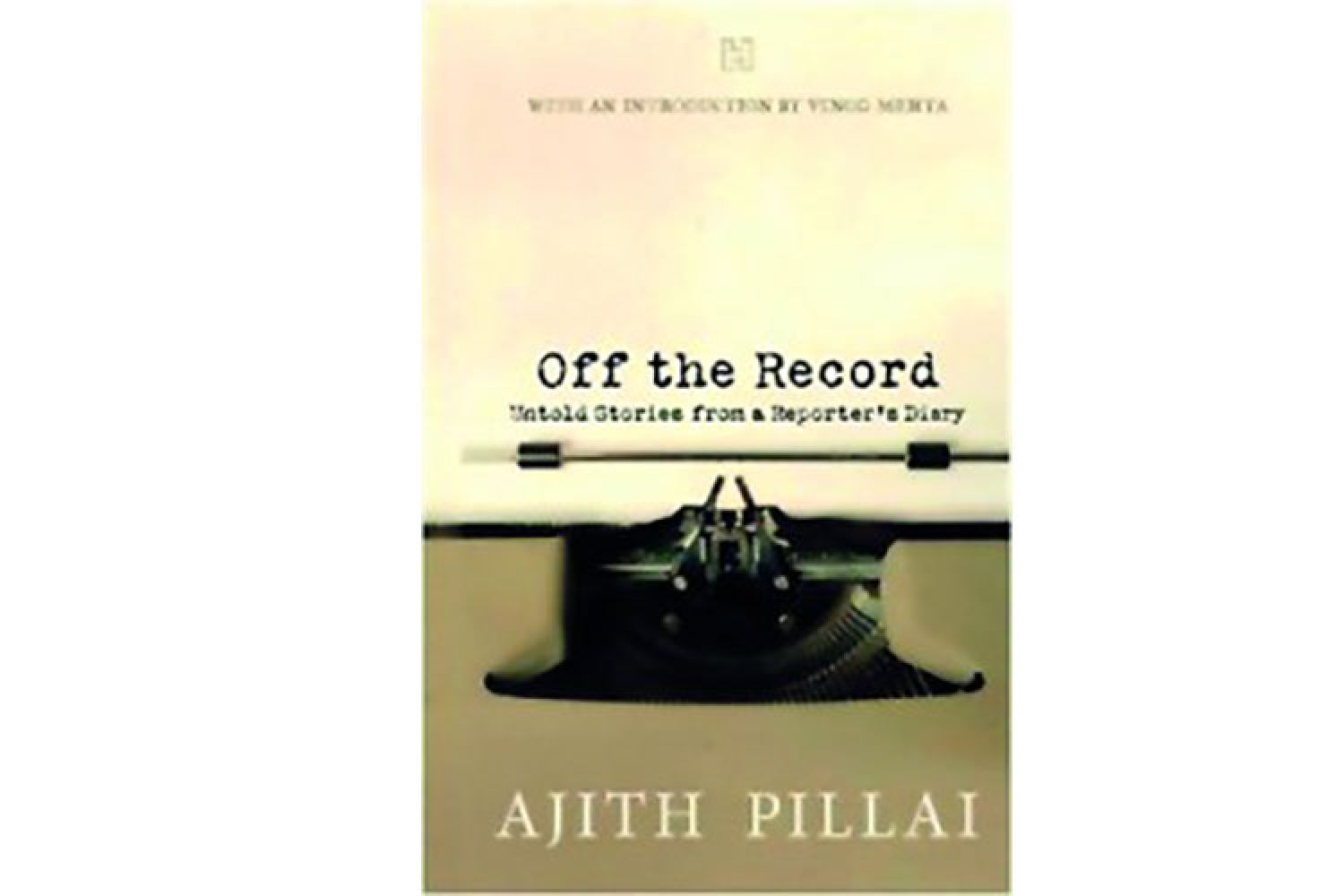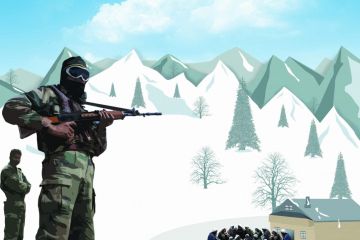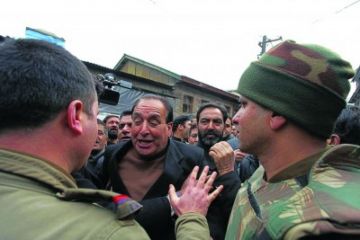
You could call it the calm before the storm. Friday, 12
March 1993, was a typical humid day in Bombay, a day when one would rather sit
in the office than suffer the muggy heat outside. I can still recall how I made
my usual calls by noon to see if anything newsworthy was in store. Having drawn
a blank from all quarters, I heaved a sigh of relief and informed the folks at
the head office in Delhi that nothing was happening in Bombay. Several of my
colleagues from other upcountry papers had a





